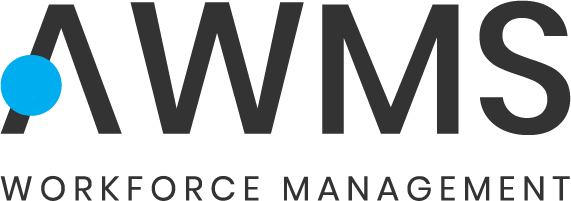A company’s success cannot be achieved without proper personnel management, which is especially crucial in an environment where talent is the basis for business growth and effective human resource management strategies need to be implemented.
In this article, we will delve into what personnel management is, the benefits and challenges associated with it, strategies for effective management, and software that can support us in simplifying the process.
What is personnel management
Personnel management is a process that involves all activities related to the supervision and planning of human resources in an organization. This includes recruitment, selection, training, performance appraisal, and many other activities designed to maximize the contribution of workers to the business objective. In essence, it is about ensuring that an organization has the right people, in the right roles, at the right time.
The benefits of workforce management
When executed effectively, personnel management offers a number of significant benefits that go far beyond simple human resources administration and directly influence business success and growth. Let’s explore some of the benefits:
Improved performance
Effective personnel management leads to improved employee performance through clear goal setting and constant feedback. In this way, employees who feel supported and valued and, as a result, tend to be more productive and motivated.
Reduced turnover
Proper personnel management helps reduce turnover, which is the rate at which employees turn over. Investing in employee training and development, providing career opportunities, and creating a positive work environment all contribute to staff retention.
Employee growth and development
Personnel management is not only limited to meeting the needs of the business, but also includes attention to the well-being and growth of employees. Through training and development programs, employees can acquire new skills and advance in their careers.
Improved business climate
A positive work environment increases employee productivity and well-being. Personnel management deals with issues such as managing conflict, promoting an inclusive corporate culture, and making sure employees feel valued.
The challenges of personnel management
Personnel management certainly offers a number of indispensable benefits, but it is important to recognize that it is not without its challenges. The business environment is constantly changing, and with it the dynamics and needs related to human resources are changing. Here are some significant challenges that organizations face in HR management:
Regulatory changes
Changes in labor legislation can create challenges for HR management, so companies need to be constantly updated on new regulations and make sure they are compliant.
Talent management
Finding, recruiting and retaining talent is an ongoing challenge. Identifying the right candidates, getting them into the organization, and training them requires a strategic approach and the investment of significant resources.
Costs
Staff management involves significant costs, such as salaries, benefits, training programs, and performance evaluation tools-balancing human resource optimization with cost control is a constant challenge.
Scalability and flexibility
Staffing needs can vary widely over time: managing these fluctuations efficiently, without overburdening staff during periods of high activity or reducing costs excessively during periods of low activity, is a challenge for many organizations.
Personnel management strategies
Personnel management requires judicious planning to ensure that human resources contribute effectively to the success of the organization. Simply administering human resources is not enough; strategic approaches must be taken to guide the attraction, development and retention of key talent. These below are some of the key strategies used by organizations to manage their staff efficiently and effectively:
Targeted recruitment
One of the keys to successful personnel management is targeted recruitment, which involves clearly defining role requirements, identifying best-fit talent and implementing thorough selection processes.
Onboarding
A robust onboarding process is essential to ensure that new employees integrate quickly and are ready to contribute to the organization through a process that includes orientation, training, and presentation of the company culture.
Ongoing training
Training, whether delivered internally or through external programs, is necessary to develop employees’ skills and keep them up-to-date on new trends and technologies.
Performance evaluation
Employee performance evaluation provides a means of monitoring and improving individual performance. For this process to be functional, it should be based on clearly defined objectives and provide constructive feedback.
Personnel management software
Personnel management software is designed with the aim of simplifying time-consuming and repetitive activities, such as employee time and attendance, recruiting, authorizing leave and series, evaluating skills and organizing training activities, and health surveillance. This will give companies more resources to devote to other business processes, generating more value and making the organization more competitive.
The use of HR management software has become increasingly popular to simplify HR-related activities as they offer advanced features that can minimize human error.
AWMS: the software for personnel management
One of the most comprehensive and innovative workforce management software is AWMS, workforce management software that offers a wide range of features designed to simplify and improve human resource management.
AWMS makes it possible to automate tasks related to personnel management and, through the Azzurra app, simplifies processes related to information, leave and attendance management.
With its Scheduling and Shift Management features, the software enables strategic management of factory resources, scheduling employees based on production needs, skills, eligibility and contractual constraints. This ensures the highest possible quality standard and a commensurate increase in productivity.
In addition, the Skill Matrix digitizes workstation-specific training and certifications, providing an immediate overview of possible skill gaps. By enabling the real-time sharing of information, AWMS enables personnel management figures to make data-driven decisions.
Using software such as AWMS can greatly simplify and improve human resource management. With the right strategies and tools, companies can maximize the contribution of their employees to the success of the organization.









